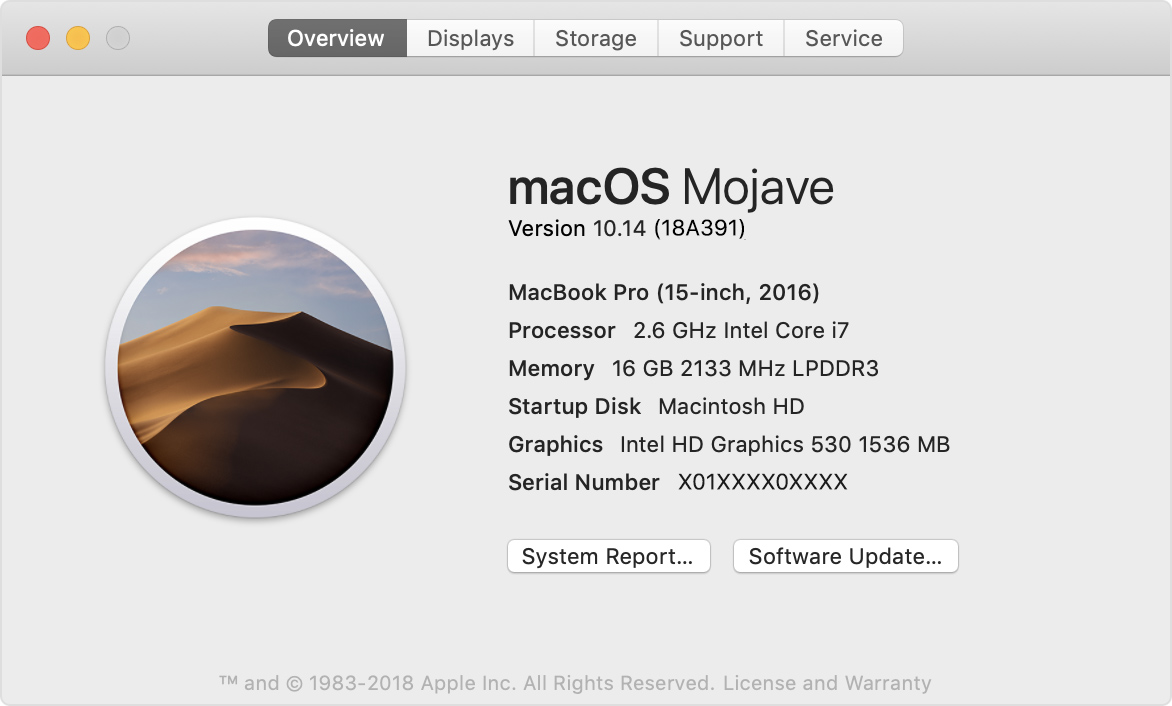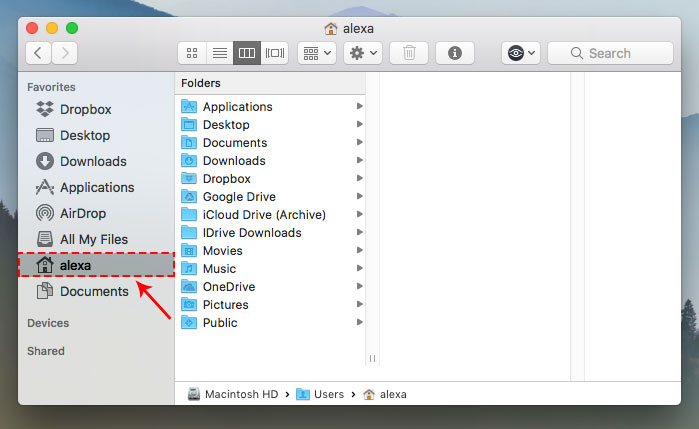How to find out R library location in Mac OSX? Ask Question Asked 5 years, 5 months ago. With.Library you get your default library location With.libPaths('your/path'). If it was installed by the default package system, it should have been /. The Library folder, at the root level of your Mac OS X Lion hard drive, is like a public library; it stores items available to everyone who logs into an account on this Mac. You can find three Library folders on your hard drive: the one at the root level of your OS X disk, a second inside the root-level System folder, and a third in your Home.
Is your Mac up to date with the latest version of the Mac operating system (macOS or OS X)? Is it using the version required by some product or feature? Which versions are earlier (older) or later (newer, more recent) than the version currently installed? To find out, learn which version is installed now.
If your macOS isn't up to date, you may be able to update to a later version.
Which macOS version is installed?
From the Apple menu in the corner of your screen, choose About This Mac. You'll see the macOS name, such as macOS Mojave, followed by its version number. If some product or feature requires you to know the build number as well, click the version number to see it.
This example shows macOS Catalina version 10.15 build 19A583.

Which macOS version is the latest?
These are all Mac operating systems, starting with the most recent. When a major new macOS is released, it gets a new name, such as macOS Catalina. And as updates that change the macOS version number become available, this article is updated to show the latest version of that macOS.
How To Find System Library On Mac

How To Find System Library On Mac

If your Mac is using an earlier version of any Mac operating system, you should install the latest Apple software updates, which can include important security updates and updates for the apps installed by macOS, such as Safari, Books, Messages, Mail, Music, Calendar, and Photos.
| macOS | Latest version |
|---|---|
| macOS Catalina | 10.15.4 |
| macOS Mojave | 10.14.6 |
| macOS High Sierra | 10.13.6 |
| macOS Sierra | 10.12.6 |
| OS X El Capitan | 10.11.6 |
| OS X Yosemite | 10.10.5 |
| OS X Mavericks | 10.9.5 |
| OS X Mountain Lion | 10.8.5 |
| OS X Lion | 10.7.5 |
| Mac OS X Snow Leopard | 10.6.8 |
| Mac OS X Leopard | 10.5.8 |
| Mac OS X Tiger | 10.4.11 |
| Mac OS X Panther | 10.3.9 |
| Mac OS X Jaguar | 10.2.8 |
| Mac OS X Puma | 10.1.5 |
| Mac OS X Cheetah | 10.0.4 |
Learn more
- Always use the macOS that came with your Mac, or a compatible newer version.
- Learn how to reinstall macOS from macOS Recovery.